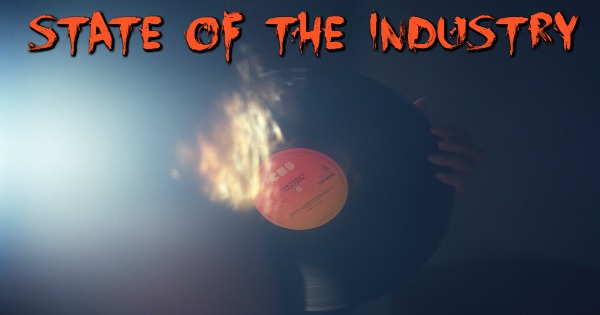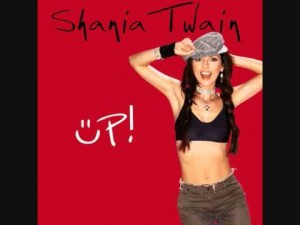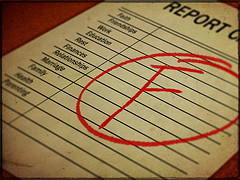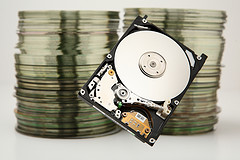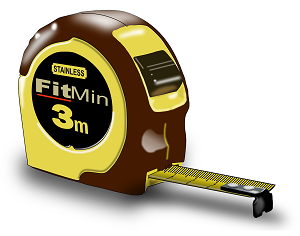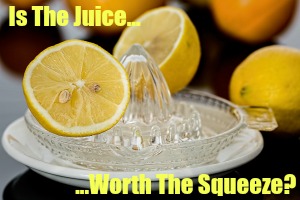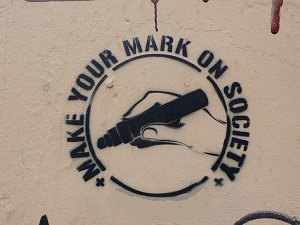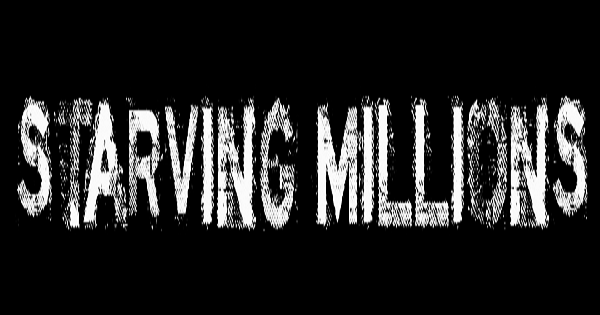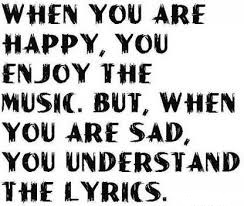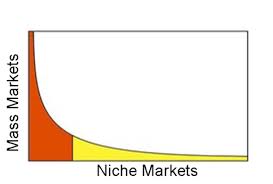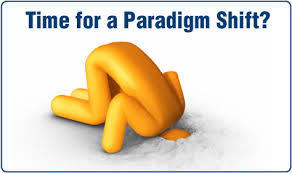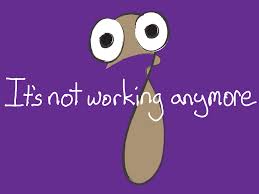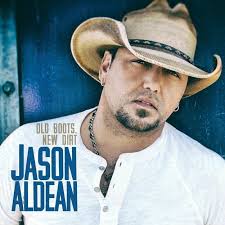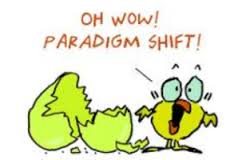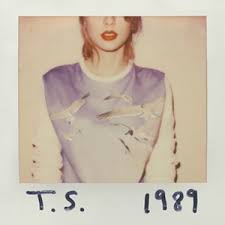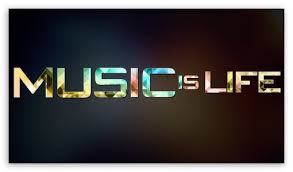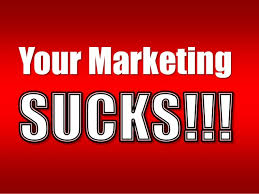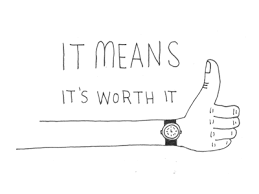The state of the industry in the music business seems abysmal to many.
I disagree.
It’s definitely changing which makes it uncomfortable for everyone. It’s more treacherous for bigger companies as it is far more difficult to steer a huge ship to navigate the constantly moving target of the new market.
I feel the outlook is actually amazing and quite bright for all artists, especially indie artists.
This post is a little different than most and I chose to show this because I have received a ton questions and requests.
Complete transparency, this is somewhat self-serving as I am going to give y’all a glimpse into portions of the marketing proposal we use with our private clients and record labels.
I don’t ever want this blog to come off as “sales-yâ€, rather, I hope you’ll find this article to be educational.
I hope it will inspire you to begin putting the marketing pieces of your music efforts into place. When you do that, you will begin the journey of making a better living at your music career.
It starts with a breakdown on the state of the industry and then answers some questions on how we address these changes to create cash flow for artists.
Please let me know what your thoughts are on this.
Â
Current State of the Music Industry
Record sales are dramatically down. This is factually accurate, the numbers don’t lie because the numbers can’t talk. The question everybody is asking is, “Why?â€
The bestselling country record 10 years ago was Shania Twain’s “Up!†which sold 11 million copies. The bestselling country record of 2014 was Jason Aldean’s “Old Boots, New Dirt†which barely cracked 1 million in sales by 12/31/14.
I’m certain that the unbundling of records by iTunes contributes to this degradation of sales, but only because the market wants it. I’m certain that technology like Spotify, Pandora, Deezer, Slacker, iTunes Radio, etc. also contributes and the market seems to want that as well.
The question is WHY does the market want it?
The biggest reason consumers have stopped purchasing records is because they don’t feel the full CD is worth the price anymore, plain and simple.
That’s a marketing failure.
If we can sell bottled tap water, a commodity consumers can obtain free of charge, for twice the price of a gallon of gasoline, we can sell music. We can also sell it for what it used to cost.
Let’s define what it used to cost:
In 1978 I purchased Tom Petty’s “Damn the Torpedoes†for $8.00, which when put into an inflationary calculator, is worth $28.80 in 2015 dollars; it was worth it. As a point of comparison, the new Tom Petty record “Hypnotic Eye†is selling on iTunes for $10.99 which is 38% of the total inflationary adjusted price of “Damn the Torpedoesâ€. So the cost of a 2015 album has decreased by 62% and, STILL, unit sales are down about 90% from just 10 years ago.
Are consumers simply over listening to and owning music?
No.
Consumers love music. We’ve already proven over decades that we are willing to invest in the music; we need it as it is quite literally the soundtrack of our lives.
So what’s changed?
The platforms for exposing and marketing artists have transformed. The new platforms require a completely different language to effectively communicate to consumers. The music industry, which continues to utilize marketing strategies that have proven to be successful for decades, is now doing it wrong.
The game/market has changed, and the industry hasn’t.
Here is some data to support my statement.
Jason Aldean has a multi-million dollar marketing budget for his new release “Old Boots, New Dirtâ€, MASSIVE radio promotion (every single is in heavy rotation), and he has sold barely 1 million copies.
Taylor Swift has a multi-million dollar marketing budget and her new release “1989†has eclipsed 7 million in sales with ZERO support from country radio where all her prior releases were promoted.
Taylor Swift has a big marketing budget, ZERO country radio promotion, and has sold 7 times that of Jason Aldean because her fans FEEL like they have a relationship with her.
Taylor gets it.
On a smaller, more relatable scale, any indie artist who completes a project doesn’t have any problems selling 50 or so CDs, right? Who is buying these CD’s? The buyers are his/her friends and family. They do this because they have relationships and they wish to support their artist regardless of the quality of the product.
Within the context of even a perceived relationship, $10-$15 is NOT that much money so it doesn’t take a whole lot to make the purchase “worth itâ€.
That’s 2 cocktails, 2 beers, a dinner, or lunch that you’d gladly buy a friend or someone you really wanted to spend time with.
Consumers are savvy now and they demand more from the artist before their buying decisions can be influenced.
The trick is to target an audience, then build and deepen relationships between the artist and the fan enough to monetize. Monetizing requires the consumer to feel good enough about the relationship with the artist to part with some cash.
Â
Marketing Language Breakdown:
We are all human beings, and as such we require acceptance and belonging. We are wired up to want to be a part of something; this is not news.
Due to our tribal, lemming-like human nature, there is implied power granted by audiences in mass market presentations. That is to say that we behave like lemmings (I’m generalizing but this is factual or mass marketing and politics would never work) when we consume as a crowd.
When you see someone on TV, you immediately feel they must be important, and you can share your experience with anyone else who watched what you watched. When you hear something on the radio, the artist must be important and you can share your experience with anyone else who listened.
Even when you attend a concert and the lead singer (Think Axl Rose from Guns & Roses) commands, “EVERYBODY GET YOUR CELL PHONES  UP IN THE AIR,†most of us will do it because the implied power we give to the performer in a sold-out venue is intense, somewhat unconditional, and we want to do what everyone else is doing; we want to belong.
UP IN THE AIR,†most of us will do it because the implied power we give to the performer in a sold-out venue is intense, somewhat unconditional, and we want to do what everyone else is doing; we want to belong.
Now here is how the market changed.
Imagine Axl Rose sitting directly across from you at your kitchen table and delivering the message using the same language and tone, “EVERYBODY GET YOUR CELL PHONES UP IN THE AIR!!!â€
Probably like he was over-the-top, crazy, hyper, possibly disrespectful, definitely intrusive, too LOUD, high, etc.
The mass market is splintering and therefore constantly shrinking into niche markets referred to as the “long tailâ€.
The long tail market is more effectively reached using a content marketing approach via email, text, and social media exchanges all of which are always consumed one-on-one; just like you and Axl at your kitchen table.
 There is no implied power in a one on one interaction, so it’s all about creating relationships.
There is no implied power in a one on one interaction, so it’s all about creating relationships.
Nobody is going to impress you with hype at your kitchen table.
If you want to sell 10,000 units, you are going to have to meet 10,000 people and shake 10,000 hands.
You haven’t had very many people sitting at your kitchen table that you didn’t have a relationship with, have you?
Proper care and attention to written messaging, verbal messaging, non-verbal messaging, and paraverbal messaging (AKA how it’s served up) is paramount to persuading somebody enough to get them to perform for you.
A relationship has to be made and deepened or we simply don’t care, especially when we are not influenced by what everyone else is doing (because it’s one-on-one); it’s personal, not tribal…at least initially.
There is a lot of talk about creating a tribe on social media. A social media tribe can be created, however, new members of the tribe have to be inducted one by one.
This is where the industry is screwing up.
This is where Daredevil Production thrives.
Daredevil Production Approach
Daredevil Production monetizes attention.
This process is effective, sustainable, and creates an ever-expanding, very solid, engaging, loyal grassroots fan base. As such, this marketing  strategy takes time to create and once created takes time to cultivate. Daredevil Production provides a long term, steadily increasing, measurable growth program for up and coming artists as well as legacy artists.
strategy takes time to create and once created takes time to cultivate. Daredevil Production provides a long term, steadily increasing, measurable growth program for up and coming artists as well as legacy artists.
Facilitating this program ensures a more maintainable ride to the top, optimizes relationship building and monetization at the top, and provides a more profitable ride back down, actually allowing exponential cash flow to the business once the media “ride†is over (80’s and 90’s vocal superstar Michael Bolton quietly makes 7 figures a year from his mailing list, remember him?)
The measurable data we monitor is social media expansion, social media engagement, contact data accumulation, and revenue per contact.
Once implemented, there are metrics that provide guidance with mathematically predictable ROI’s on capital marketing expenditures ensuring 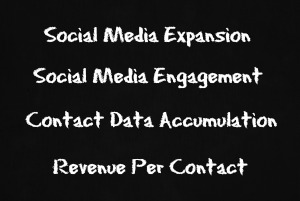 any marketing effort will return the highest and best value for each dollar spent. Each step is carefully placed in the attempt to reach critical mass with an artist’s brand. Of course, some business exposure costs are more risky than others but there are no “darts in the darkâ€.
any marketing effort will return the highest and best value for each dollar spent. Each step is carefully placed in the attempt to reach critical mass with an artist’s brand. Of course, some business exposure costs are more risky than others but there are no “darts in the darkâ€.
If you can measure it, you can manage it.
Assuming the product is well done, attention and exposure will create traffic. We focus on increasing traffic, framing the consumer input experience to accentuate the brand and create excitement, accumulating contact data, and optimizing the revenue from the buyers via creative product bundling packages and residual revenue streams.
The attention can be generated from live shows, television, radio, press, public relations, and social media exposure.
With the mass market continuing to erode and the long tail growing, we see the music industry heading quickly towards Direct-To-Fan marketing scenarios.
This approach is extremely effective when executed correctly, and requires expertise in:
- Social media marketing
- Content marketing
- Squeeze page technology

- Text capture technology
- Web store sales/bundling tactics
- PPC (Pay Per Click) technology
- CRM Integration
- Framing initiatives
- Remarketing technology
- Exit-pop technology
- Annotations
- Effective web store staging
- PR relationships to craft new campaigns that will likely be unique and foreign to the firm
- Subscribership based website themes
- Subscribership based business model structures
- The language to effectively integrate these technologies in a profitable manner
- The psychological skill set to evaluate, script, and comfortably incorporate the artist role to maximize sales.
We have effectively implemented these techniques on various levels with multi-platinum artists such as Collin Raye, Jamie O’Neal, Ty Herndon, 7Horse, Andy Griggs, and Tracy Lawrence.
On an indie level, we are working with a 12-year old artist named Bailey James. We began simultaneously building her audience and developing the artistic project on January 2 of this year. The EP was written a few weeks ago, we will record it at the end of June (recording this week!). We expect to release the EP end of July or mid-August depending on the launch strategy.
We have already begun creating the market demand before we release the product.
Here is a list of our marketing accomplishments with Bailey James in the 4-5 months of work thus far:
- From zero to over 17,000 targeted Twitter followers
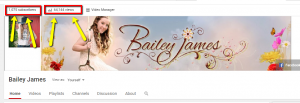
- From zero to 20,000 targeted Instagram followers
- Bailey gets a solid average of 500 likes and 50 comments for each post
- At least 5 Bailey James “fan pages†have been independently started on Instagram
- YouTube channel with over 1000 subscribers
- YouTube channel with 64,000 views
- Email list of 1,200 subscribers
- Squeeze page conversion rate of 38% (we expect 25% with an unknown artist)
- Text capture of 223 phone numbers
- Added 1,500+ Facebook LIKES
Understand that with the contact capture mechanisms operating on all cylinders, any TV, press, Public Relations, and tour exposure will be  captured and monetized making promotional budgets exponentially more cost effective. Additionally, each promotional campaign will have measurable ROI.
captured and monetized making promotional budgets exponentially more cost effective. Additionally, each promotional campaign will have measurable ROI.
Sales Structure Example
Here is a quick generic example of how it works.
Let’s use 1,000 contacts (emails and/or phone numbers) as a sample.
Online sales are mathematically predictable with any business. Depending on the brand, framing, and source of the lead, we can predict a 3-8% contact conversion rate to sales. Let’s use a 5% conversion rate to keep the numbers easy and conservative.
- 1,000 contacts x 5% = 50 buyers
- 50 buyers at $10/CD = $500 in revenue
- $500 in revenue divided into 1,000 contacts = each contact is worth .50 cents
- 30% of the buyers are willing to be upsold if there is a bigger package available for purchase (this statistic is scarily accurate)
- 50 buyers x 30% = 15
- 15 buyers purchase a bundle which adds an additional $40 per sale
- 15 x $40 = $600 of additional revenue
- $500 + $600 = $1,100 total revenue
- $1,100 total revenue divided by 1,000 contacts = each contact is now worth $1.10
- Statistically we know 55% of the buyers will be willing to explore a subscribership based business relationship paying $2.97/month and receiving X, Y, and Z from the artist (10% off future releases, getting releases 2 weeks before the market, 1 free song per month,tchotchkes, meet & greet discounts, Special subscriber content, etc.)
- 50 buyers x 55% = 26 subscribers
- 26 x $2.97 = $77.22/ month x 12 months = $926.64/year (round down to $900)
- $500 + $600 (upsells) + $900 (Subscriptions) = $2,000/year gross revenue
- $2,000/year gross revenue divided into 1,000 contacts = $2 per contact.
If we want to make $40,000 we will need 20,000 email addresses
If the squeeze page converts at 25% (conservative) we will need 80,000 hits per year.
80,000 divided by 365 days is just 219 hits per day. That number decreases if a text capture implementation is successful in the market.
Furthermore, if you’re considering a solid PR firm for $1,500/month and after the first month you obtain 750 contacts, you’re breaking even on your brand expansion. Even if you’re not breaking even you can measure the growth and you are offsetting the PR costs with real cash flow.
That’s doable.
That’s scalable.
That’s real.
This kind of data provides guidance on future promotional expenditures.
Â
CONCLUSIONS
In today’s record business, major labels are not developing talent, rather they have moved to and acquisition based business model. In plain English, they are buying small businesses, not developing raw talent.
It is now up to the artist to demonstrate, beyond a reasonable doubt, that their music has value in the market place and a viable audience. The truly iconic, game-changing artists like Mötley Crüe, Metallica, Neil Diamond, Zach Brown Band, Ani DeFranco, Kiss, Florida Georgia Line, etc. didn’t get lucky, they proved their worth in advance of the big deal.
Today’s music market is no different in that you have to prove your value. However, it IS DIFFERENT in that it is easier and less expensive than ever before for an independent artist to make their mark.
Stay
In
Tune
If you like this post, please SHARE it and/or COMMENT thank you!
Â
Â

